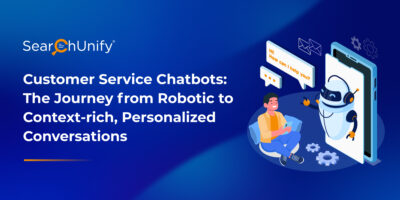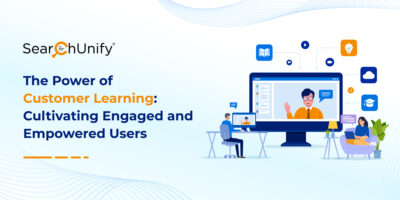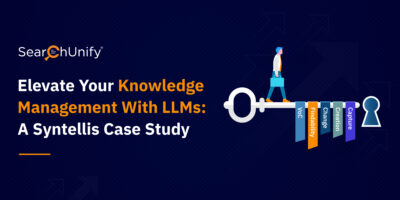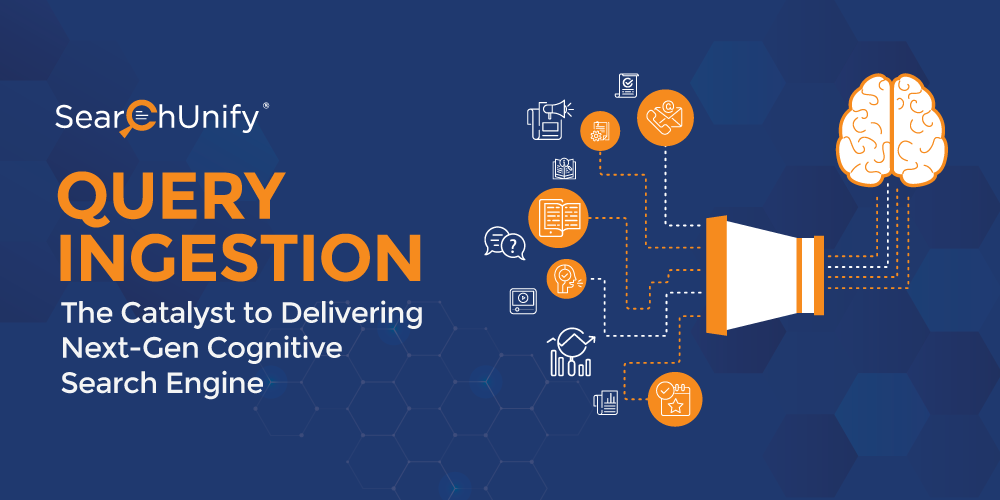
The SaaS industry is on the cusp of a massive technological revolution. Subsequently, business leaders and practitioners are jumping on the cognitive bandwagon to alter the very essence of their enterprises’ digital infrastructure. Hence, it makes sense that the business value created by AI will reach $3.9 Trillion in 2022.
Today, umpteen cognitive platforms make spurious promises to be a shining beacon of hope for business leaders. However, that promise can only be delivered by the right platform with an impeccable cognitive model in place.
If you’re not familiar with the concept or don’t know how a cognitive platform works, you’ve landed at the right place. In this blog post, we’re going to unveil components that constitute an efficacious cognitive model. We’ll also disclose the first step that every top-notch cognitive provider lays to steer the ship towards digital success. Let’s get rolling.
Engineering an Exemplary Cognitive Model
Today’s tech-savvy customers reach you through multiple channels time and again. Every interaction demands optimized content discovery and personalized attention for a tremendous customer experience. However, as the information jungle grows across your channels, it gives birth to data silos – creating poor content findability, mediocre user search, impersonal experience, inadequate insights, and the list goes on.
This is where cognitive technology saves the day. But, have you wondered how it works and helps enterprises to circumvent support blockades with ease?
The following flowchart shows how a cognitive search vendor receives, analyzes, and returns relevant information.
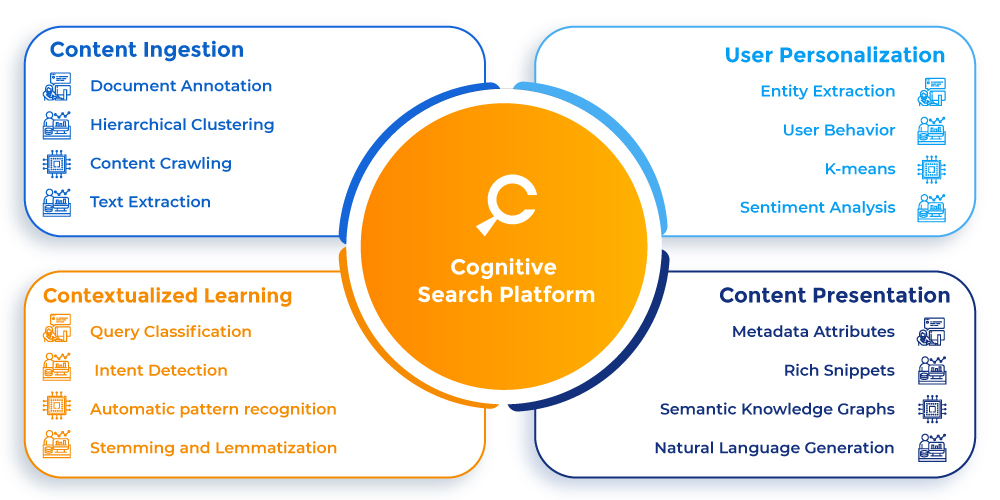
Interesting, right? Now in the next section, let’s brief you on how query ingestion plays a crucial role as the first step in building a robust cognitive search engine.
Query Ingestion: How it Lays the Foundation of a Powerful Cognitive Search
IDC predicted that the global data sphere will reach 175 zettabytes in 2025. Imagine this: 175 zettabytes consist of 5 trillion hours’ worth of movies. This means that it will take 575 million years to watch them all by a human being. Shocking, right? What if I tell you that 80% of this data is unstructured and only 20% or less account for the structured data. Now, calculate how long will it take for humans to extract, analyze, and turn it into actionable insights?
This calls for a cognitive tech lens. Fueled by AI capabilities such as ML, NLP, deep analytics, etc.; it ingests, classifies, comprehends, fine-tunes, and then presents relevant data without requiring you to rummage through disparate repositories.
Data Ingestion is the first step that leverages ML and NLP algorithms to identify rich snippets and extract metadata, which are then stored in the search indices. Let’s explore more in detail!
1. Text Extraction
An ideal cognitive platform leverages NLP to run text extraction, i.e., automatically extracting structured information from unstructured data. This can be a game-changer for many enterprises as it uncovers a goldmine of business insights that remain untapped. Once all the data is extracted from all the content formats, the copious amount of data needs to be organized, classified, and analyzed.
2. Hierarchical Clustering
Once the data is in place, a cognitive platform leverages ML techniques like Hierarchical Clustering and K-means to group the content with similarities into a cluster. Then, it fetches the most semantically similar results based on a search query. As a result, ML algorithms analyze and understand the bigger picture, thereby drawing actionable insights.
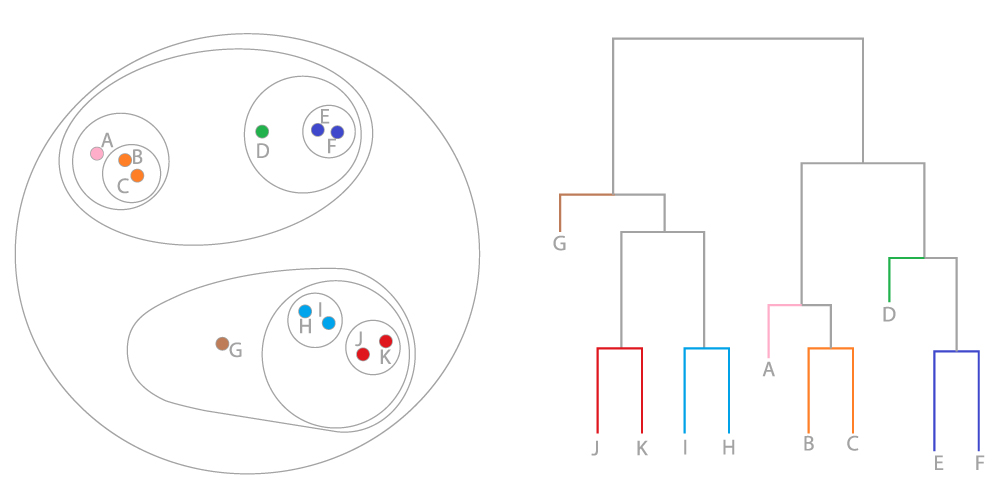
3. Content Crawling
It is the discovery process used by search engine crawlers to find the existing, new, or updated content by hopping along the docs. Once the crawling is done, the content is fed into the index by the parsers. Then, it is retrieved when a user is seeking specific information.
4. Document Annotation
As part of the data ingestion process, annotating documents makes it easier to sift through an ocean of data and find specific information without scanning the entire document. It leverages AI and ML algorithms to classify data sets and extract relevant results at lightning speed. In addition, it helps to label and organize data that is crucial for further analysis. Cutting-edge cognitive platforms like SearchUnify perform document annotation with ML-generated metadata fields to address any taxonomy problems, which may crop up due to the inconsistency of tags.
Want to Know More About Cognitive Search Engines?
From powering hyper-personalized CX and EX to streamlining and elevating outcomes across customer support, learning management, marketing and sales, and operations, cognitive technology does it all. If you want to experience the real AI live in action, request a demo today!
Also, with the real power of AI, SearchUnify is enjoying some giant strides forward in revolutionizing the support outcomes. If you’re contemplating to ride the crest but want to dig deeper, this in-depth guide is for you! Unveil how the bonafide duo works together to steer the ship towards enterprise success.

